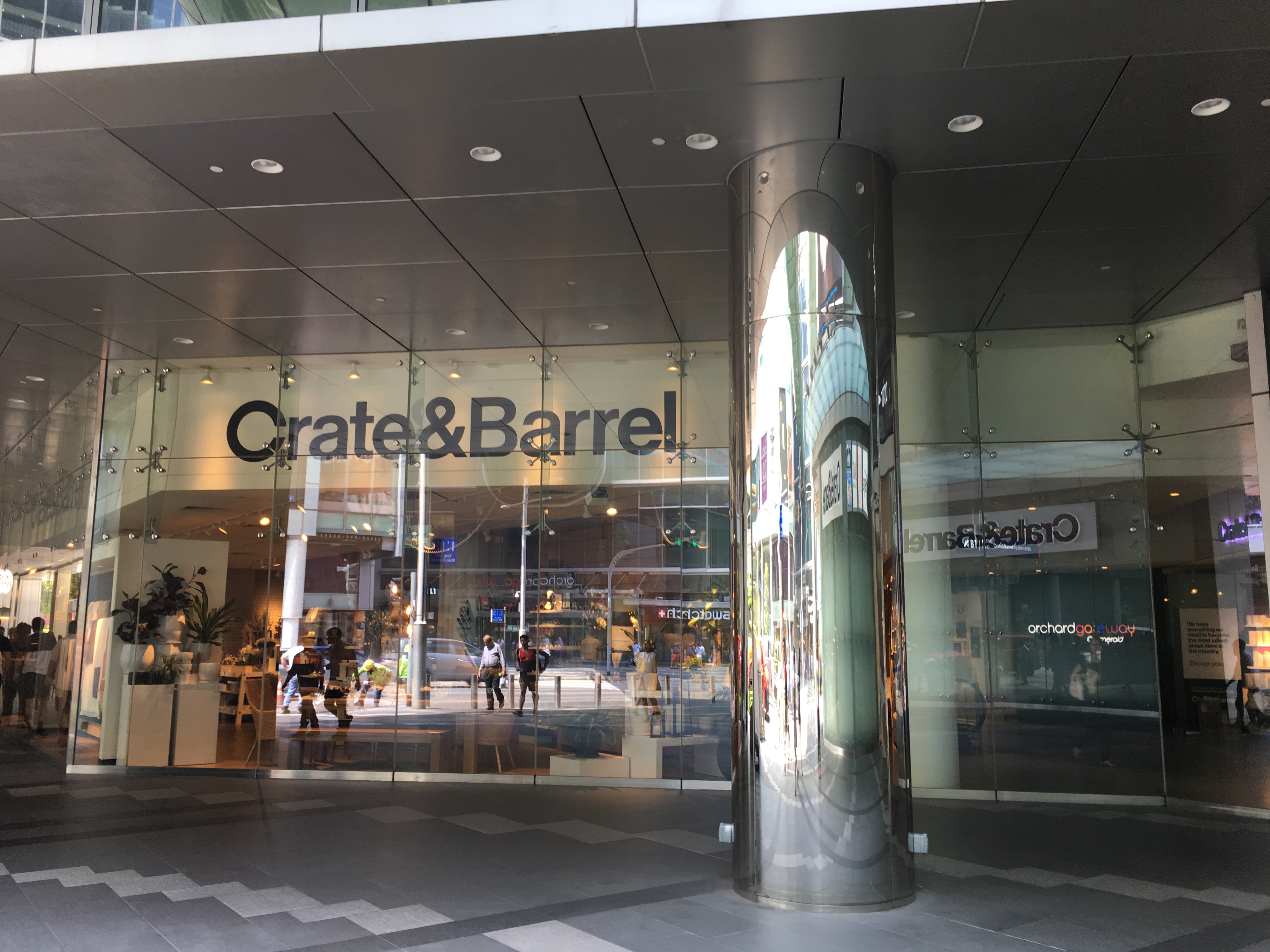
Uploaded on 2018-08-14 by Pushpa Veerappan
Singapore, 277-square-mile city-state, with a population of more than 5 million residents, relies heavily on imports and almost all construction materials have to be imported. Central to the drive of sustainable construction, Singapore introduced the Sustainable Construction Masterplan; the five strategic thrusts cover initiatives from government support, legislation to research and development support, as well as some recent initiatives of sustainable construction, such as the development of demolition protocol and sustainable construction capability development fund. Singapore has also switched from current high reliance on concrete-based construction to steel construction, improving productivity, site condition (generate less noise and dust) and it also offers better quality control since the components are fabricated under factory condition and assembled on site. High impact resistance dry wall - another form of sustainable construction - is also gaining popularity, as it is cleaner, lighter, faster, and can be easily handled by fewer workers. Solar and wind-capture technologies are discretely incorporated into the envelopes of buildings situated to allow passive ventilation, while shading and the integration of living plants mitigates solar heat gain.